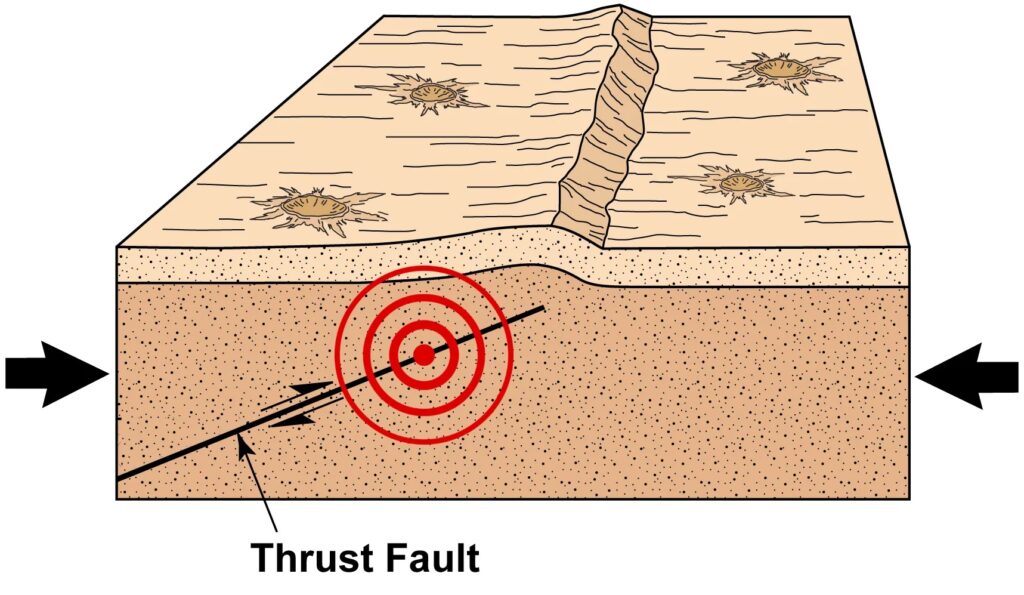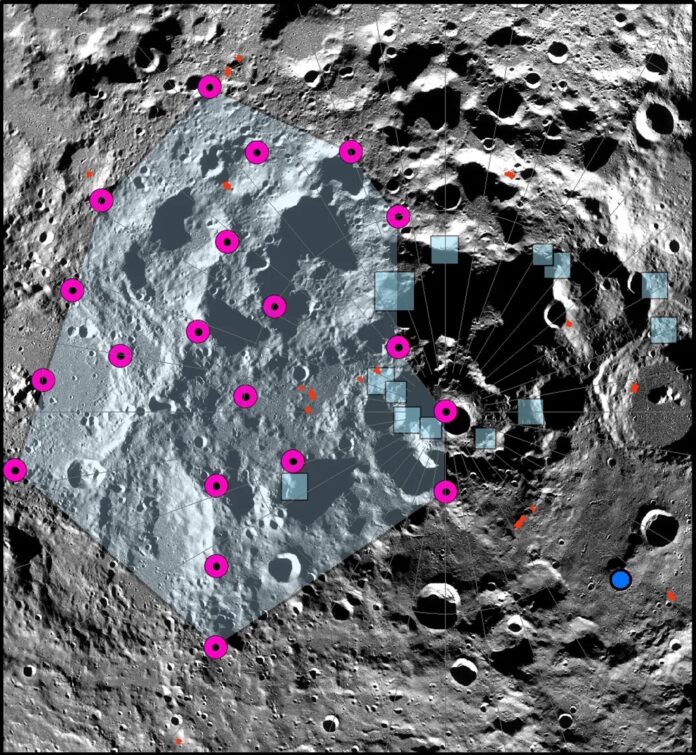A NASA-funded study has provided evidence suggesting that moonquakes and faults caused by the Moon’s interior cooling and shrinking are present near and within some candidate landing regions for the Artemis III mission. Understanding these geological aspects becomes crucial as NASA works toward sending astronauts to the lunar South Pole region with its Artemis campaign.
The study’s modeling indicates that shallow moonquakes with the potential for strong ground shaking in the lunar south polar region can result from slip events on existing faults or the formation of new thrust faults. This information underscores the importance of considering the global distribution of young thrust faults, their potential for activity, and the possibility of forming new thrust faults due to ongoing global contraction when planning the location and stability of permanent outposts on the Moon.
The Lunar Reconnaissance Orbiter Camera on NASA’s Lunar Reconnaissance Orbiter (LRO) has identified thousands of relatively small, young thrust faults scattered throughout the lunar crust. These features, known as scarps, resemble small stair-steps on the lunar surface and form due to contractional forces breaking the crust, causing one side of the fault to thrust up and over the other side. The Moon’s contraction is primarily a result of the cooling of its still-warm interior and tidal forces exerted by Earth, leading to a global shrinking effect.
The formation of thrust faults on the Moon is associated with shallow-depth moonquakes, and evidence of such seismic activity has been recorded by the Apollo Passive Seismic Network, which consisted of seismometers deployed by Apollo astronauts. The study models the formation of a young thrust-fault scarp within the de Gerlache Rim 2, an Artemis III candidate landing region.

The modeling suggests that the creation of this fault scarp could have been linked to a moonquake of a recorded magnitude. Additionally, the study examines the stability of surface slopes in the lunar south polar region, highlighting areas susceptible to regolith landslides from light seismic shaking.
Renee Weber, a co-author of the paper at NASA‘s Marshall Space Flight Center, Huntsville, Alabama, said, “To better understand the seismic hazard posed to future human activities on the Moon, we need new seismic data, not just at the South Pole, but globally. Missions like the upcoming Farside Seismic Suite will expand upon measurements made during Apollo and add to our knowledge of global seismicity.”
Journal Reference:
- T. R. Watters et al. Tectonics and Seismicity of the Lunar South Polar Region. The Planetary Science Journal. DOI 10.3847/PSJ/ad1332
